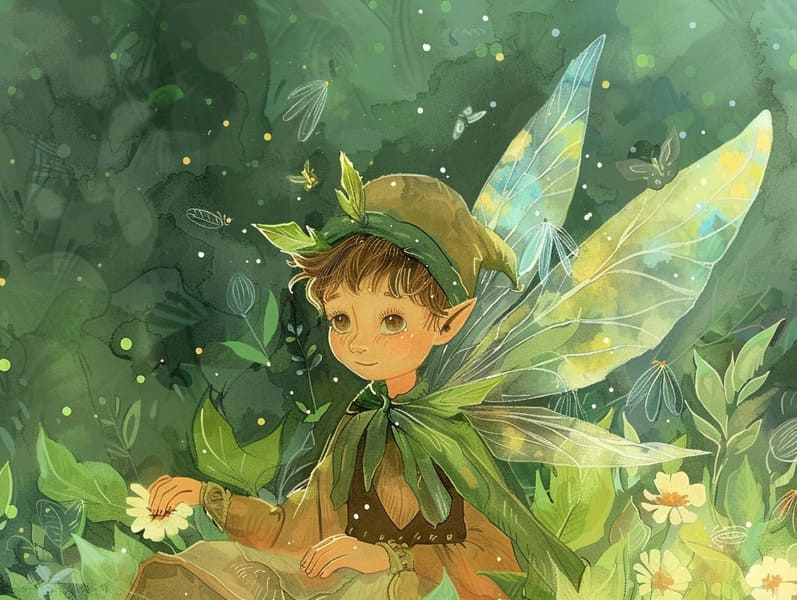Delving into the Background of Grimm's Fairy Tales and the Continued Radiance.
Delving into the Background of Grimm's Fairy Tales and the Continued Radiance.
Blog Article

Fairy tales have historical significance. These stories have been relayed from one generation to the next ages before they were ever put on paper. They arose from a variety of cultures, including African traditions. They were initially passed along among mature audiences, often carrying themes and messages relevant to the societal norms and beliefs of the time.
The Grimm brothers, Jacob and Wilhelm, were among the first to assemble many of these beloved narratives. Their anthology, "Grimm's Folk Tales," included classics like "The Little Glass Slipper," "The Story of Hansel and Gretel," and "Schneewittchen," which have since become hallmarks in the world of iconic fairy tales. Similarly, Hans Andersen's fanciful narratives, such as "The Little Mermaid," and "The Little Duckling," have touched hearts worldwide, ensuring their place in the pantheon of famous fairy tales.
Despite their age, traditional fairy tales remain as significant as ever, especially as nighttime stories for kids. These fantastical tales are now available in various formats, including colorful picture books, charming animations, and internet fairy tales.
Their persistent charm can be linked to several delightful features:
Valuable Lessons: Old fairy tales often impart important moral lessons. Fairy tales like "The Shepherd Boy and the Wolf" teach the merit of sincerity, while "The Race of the Tortoise and the Hare" illustrate the virtues of steadfastness and modesty. These tales offer young readers clear distinctions between moral and immoral, helping to shape their moral compass in a gentle yet meaningful way.
Empathy and Awareness: Traditional fairy tales frequently portray beings facing trials and tribulations, stimulating young readers to connect with their struggles and support their triumphs. For instance, "The Tale of Beauty and the Beast" demonstrates the significance of seeing inner beauty to recognize the true nature of a soul, developing empathy and knowledge.
Cultural Understanding: Many classic fairy tales are deeply ingrained in the cultural contexts from which they developed. Delving into these tales can provide intriguing perspectives into different customs, cultivating a sense of cultural insight and perception.
Imagination and Creativity: The mythical elements in old fairy tales—magical spells—foster children’s imaginative ideas. These tales guide readers to mythical realms, firing up creative ideas and a sense of excitement that stays a lifetime.
Classic fairy tales are not only captivating but also teaching. They act as entrancing tools in strengthening various brain and heart skills in the young. When classic fairy tales are recited, they promote linguistic abilities by teaching new phrases and intricate sentence structures. This practice also strengthens hearing abilities and these guys focus, as the young hang on every word, excited to see what happens next.
Furthermore, examining the themes and characters of old fairy tales can promote reasoning skills and thinking skills. The young are taught to pinpoint patterns, forecast, and figure out cause and effect. These conversations also assist the young articulate their thoughts and feelings, enhancing their emotional intelligence.
In today’s digital age, the existence of digital storybooks has made these fairy tales more available than ever. Digital sites and programs present broad selections of popular fairy tales that can be perused or heard anytime, anywhere. Fairy tales read out loud are particularly widespread, making available an delightful method for children to immerse in these alluring stories. Voice books and read-out-loud stories guide characters and settings to life, often augmented by fantastical musical scores and instrumentals that heighten the storytelling journey.
The enduring charm of ancient fairy tales lies in their ability to adjust to the present while retaining their central values. Contemporary reinterpretations of these tales often present more varied characters and modern settings, making them understandable to today’s audience. However, the core values of valor, benevolence, and equity remain unchanged, continuing to impact kids of all ages.
Classic fairy tales also offer a sense of coziness and knownness. They make available a well-structured narrative with a definite beginning, middle, and end, often ending with the wrap-up of conflicts and the triumph of good over evil. This predictability can be comforting for young readers, granting a sense of constancy in an variable world.
Old fairy tales continue to charm and edify new generations, maintaining their charm and pertinence in modern society. As nighttime stories for kids, they distribute a perfect blend of fantasy and learning, enhancing moral values, empathy, and creativity. The availability of free fairy tales online and the commonness of fairy tales read out loud confirm that these ancient tales remain accessible to new generations.
By conserving and circulating these narratives, we continue to value the rich tapestry of mythology and cultural heritage. Whether you are experiencing a beautifully illustrated book, experiencing a virtual library, or listening through an read-aloud book, the delight of traditional fairy tales is always within reach. These narratives highlight of the unending force of fairy tales and its ability to link us across eras and regions.
Regardless if you are discovering a vividly illustrated book, enjoying a electronic library, or playing an narrated book, the attraction of ancient fairy tales is always within reach.
These tales teach us of the unwavering effect of tales and its ability to join us across centuries and lands, creating a bond that captivates and teaches alike.